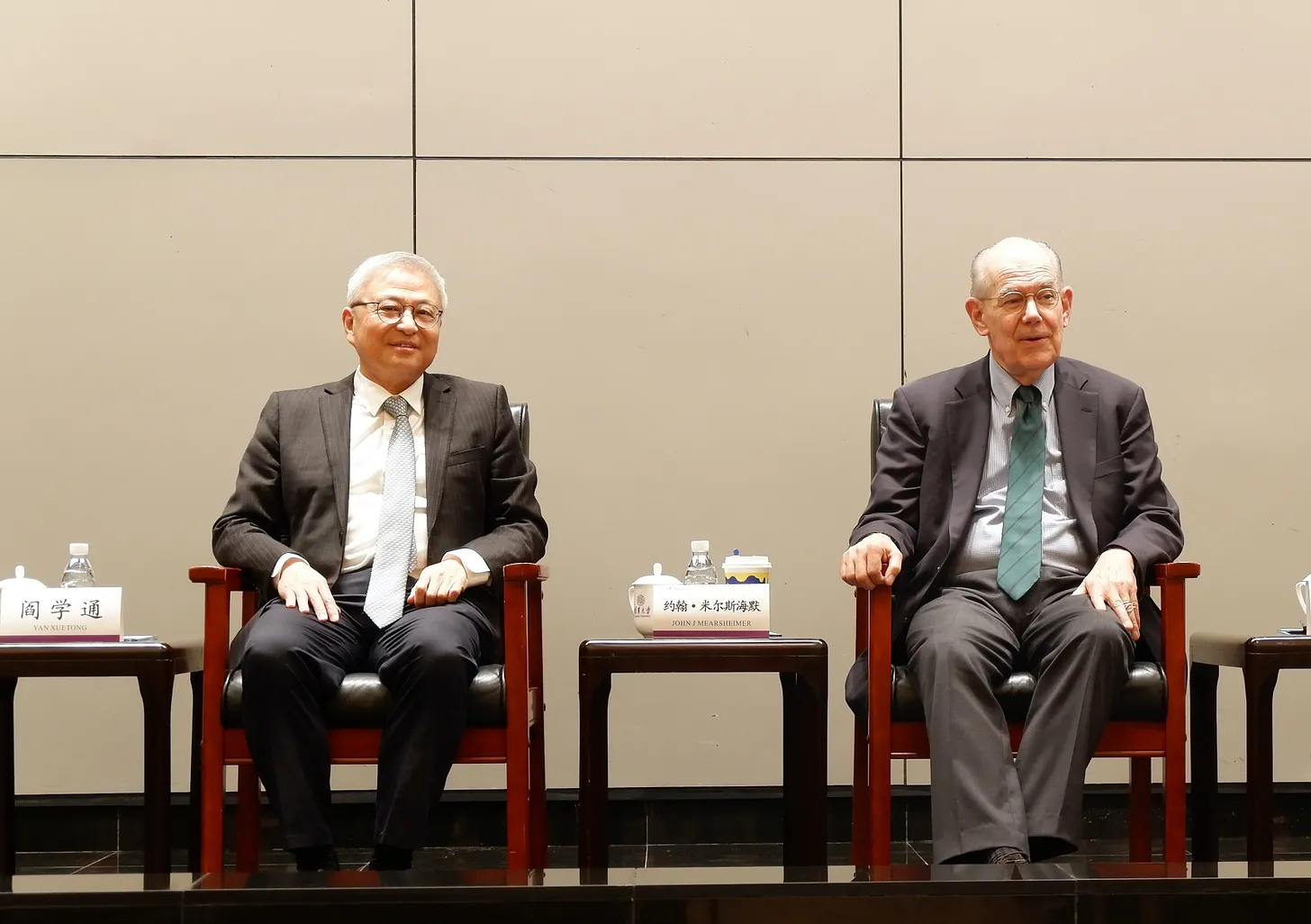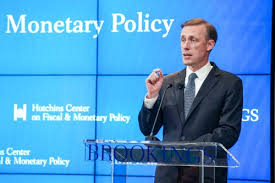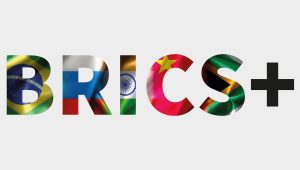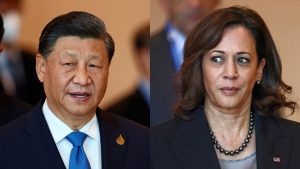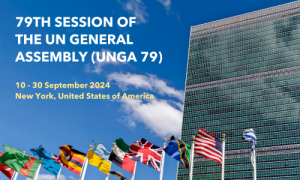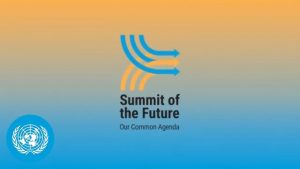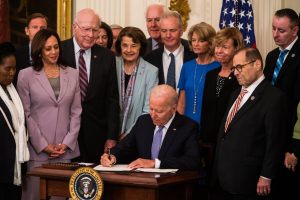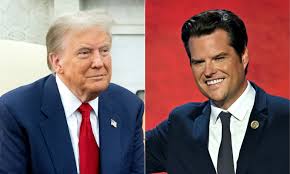
They were obvious moves by Trump, I suspect. Nevertheless, some of the choices by Trump for his senior appointments were startling – and what one might otherwise describe as ‘dismaying’. For many of us not a particular surprise. So we have House of Representative Matt Gaetz nominated as Attorney General. As The Guardian declared:
Donald Trump’s decision to nominate the far-right Republican congressman Matt Gaetz as attorney general has sent shockwaves through Washington, including the president-elect’s own party.
Trump on Wednesday announced Gaetz as his pick to be the nation’s chief law enforcement officer in the justice department, a role that directs the government’s legal positions on critical issues, including abortion, civil rights, and first amendment cases.
Michelle Goldberg, writing for the NYT had some choice words for this Trump nomination:
Of all the people Trump was considering for A.G., Gaetz is unique mainly for how much he is hated by other Republicans, and not just moderate ones. In the final months of the last Trump administration, the Justice Department opened an investigation into whether Gaetz had a relationship with an underage girl that violated federal sex trafficking laws.
It should go without saying that Gaetz is not, by any normal standards, even a tiny bit qualified to be attorney general. He practiced law for only about two years before running for office, handling small-time civil matters, like suing an old woman for money she owed his father’s caregiving company.
Then, there was the equally startling nomination of Robert F Kennedy Jr., a vaccine skeptic and more that Trump has nominated for the head of Health and Human Services. And then there is Pete Hegseth nominated for Secretary of Defence and Tulsi Gabbard nominated for Director of Intelligence. Each in their own career and experience raising questions over their appointment. And then, finally, there is the appointment of Elon Musk Trump’s now seemingly close buddy to a Commission to bring efficiency to the US federal government. As Ed Luce at the FT commented:
What you might feel less comfortable in admitting is that Trump is giving utterance to America’s soul. The US is driven by the spirit of limitless resources and surmountable frontiers. Its mission is “To explore strange new worlds . . . to boldly go where no man has gone before”, as James T Kirk put it. On Tuesday Trump promoted Elon Musk, his own Captain Kirk, to Starfleet Admiral. Musk’s USS Enterprise is the department of government efficiency (Doge).
Notwithstanding the name the Musk initiative is unlikely to be a government department as noted by Luce:
It is unclear whether Doge will have any statutory authority, which would require an act of Congress, or simply be a super-advisory body to the Trump administration. Either way, Musk’s goal is to close down regulatory agencies in Washington or drastically pare them back. He recently said he would also cut almost a third from the federal government’s $6.7tn budget.
Government authority or not, Musk will be disruptive, as are likely to be all these recent appointments, and that is the point. Disruption, chaos and controversy – the Trump modus operandi. As noted again by Luce on the choice of Musk:
But Musk will probably get a lot of his way on deregulation. If you work for the Securities and Exchange Commission, the Department of Justice, the US Federal Reserve, the Bureau of Labor, the Environmental Protection Agency, the US Department of Agriculture or the departments of energy and education, be afraid; be very afraid.
For those poor souls who suggested that Trump wouldn’t follow through on some of his crazier actions, often after plaintively admitting that they had voted for him, these appointments seem to put ‘stop’ to that benign view of Trump governing.
And raising the spectre of serious policy steps likely leading to disruption, chaos and controversy, Trump 2.0 will have a significant impact on US foreign policy efforts. Here, it is worth examining the recent comments by my colleague, Susan Thornton. Susan is currently a Senior Fellow at the Paul Tsai China Center at the Yale Law School. She also participates in many of the China-West Dialogue (CWD) discussions that we have held over the last few years. Susan retired as a senior diplomat after almost three decades of experience with the U.S. State Department in Eurasia and East Asia. She retired, in fact, as Acting Assistant Secretary for East Asian and Pacific Affairs at the Department of State.
Susan does not underestimate the prospect for a dramatic impact by Trump on American foreign policy driven, as Susan sees it, by an American public that is no longer willing to bear the burden of a leading US role in the global order. As she wrote recently at the East Asian Forum, the US public, from Susan’s view, is determined to stand down the United States:
Americans are no longer confident in the promise and effectiveness of their institutional system, they reject the obligation of answering the world’s fire alarms, they are weary of bearing the cost of global security and they see clearly that other states are free-riding on US largesse. The US electorate has been consistently ahead of its politicians in its rejection of the role of ‘world policeman’.
In Susan’s view the election of Trump satisfies, it seems, a desire among many in public to wind down US entanglements in the global arena:
Trump, and certainly his national security team, does not appreciate that he was put in power to dismantle US global hegemony. But Trump’s bullying transactionalism, his aversion to commitment, his penchant for tariffs and complete indifference to the potential impact that the United States has on other countries can have no other outcome.
It is obvious that permanent damage will be done to the United Nations, international economic institutions, multilateral organisations in which the United States is a member and any international effort to combat transnational challenges. The dissolution began during his first term and will be irreversible after the coming four years. The Americans who elected Trump as their standard bearer will cheer their demise.
And, the Trump actions, according to Susan, will only raise the temperature in the key global relationship, the US and China. As Susan suggests:
There will be a further sharp disconnect of the US and Chinese economies. Trump and the Republican Congress are likely to invoke more tariffs, export controls and sanctions leading to global fragmentation, rising costs and slower growth. Businesses will face an ever more complicated picture and are already strategising how to adjust. Many countries in Asia are devising economic hedging strategies and will try to walk a middle line amid deteriorating US–China relations. Whether and how a Trump administration might impose costs for such an approach remains an open question.
Susan further suggests that, in fact, Trump is the instrument of many in the US electorate that are tired with the burden resulting from the US leading role in the global order:
We have already entered the transition to a post-Pax Americana world — Trump is an accelerant. This does not mean that the United States will disappear. It will remain the most powerful and wealthy country in the world. But it does leave a vacuum in the international arena and US partners will hopefully step in to provide leadership and public goods.
My colleague Dan Drezner agrees with Susan at least with the impact of a second Trump administration. Dan is the Distinguished Professor of International Politics and Associate Dean of Research at the Fletcher School of Law and Diplomacy, and among other things, the author of the Substack, Drezner’s World. In a FA piece entitled, “The End of American Exceptionalism: Trump’s Reelection Will Redefine U.S. Power”, Dan declares:
Trump will navigate world politics with greater confidence this time around. Whether he will have any better luck bending the world to his “America first” brand is another question entirely. What is certain, however, is that the era of American exceptionalism has ended. Under Trump, U.S. foreign policy will cease promoting long-standing American ideals. That, combined with an expected surge of corrupt foreign policy practices, will leave the United States looking like a garden-variety great power.”
He [Trump] believes that the U.S.-created liberal international order has, over time, stacked the deck against the United States. To change that imbalance, Trump wants to restrict inward economic flows such as imports and immigrants (although he likes inward foreign direct investment). He wants allies to shoulder more of the burden for their own defense. And he believes that he can cut deals with autocrats, such as Russia’s Vladimir Putin or North Korea’s Kim Jong Un, that will reduce tensions in global trouble spots and allow the United States to focus Inward.
For Susan the change in foreign policy is driven by the American public; for Dan the direction comes from Trump and his acolytes but the outcome appears to be the same. The end of American leadership as we’ve understood it for seven decades and more.
So how, or what will provide the leadership that can manage the global order? Who can help shape and critically, who can presumably stabilize the increasingly fractious international environment? Positively, who can promote international development, energize the efforts to meet the climate crisis, and reform international financial reform and meet the growing debt crises for many? Who will energize the multilateral institutions that can promote peace and security and advance global governance? Where is the leadership?
Here Susan gives us a bit of a hint. As she suggests:
In this more fragmented, disordered world, US partners in Asia should also pursue more networked security cooperation and regional integration to safeguard peace and mitigate the negative effects of deglobalisation for their economies. Such measures are useful on their own merits, no matter who is in the White House, as the world is set to become a more difficult and dangerous place.
We have, at recent gatherings of the China-West Dialogue, been exploring the role of Middle Powers. I hope to turn back to the potential key roles that Middle Powers may bring to the growing threats to the global order. I think that may be a hopeful direction. I will return to this subject.
Image Credit: ABC News
This Post first appeared as a Substack Post at Alan’s Newsletter. Feel free to comment and subscribe to Alan’s Newsletter.
https://globalsummitryproject.substack.com/p/the-impact-of-trump-20

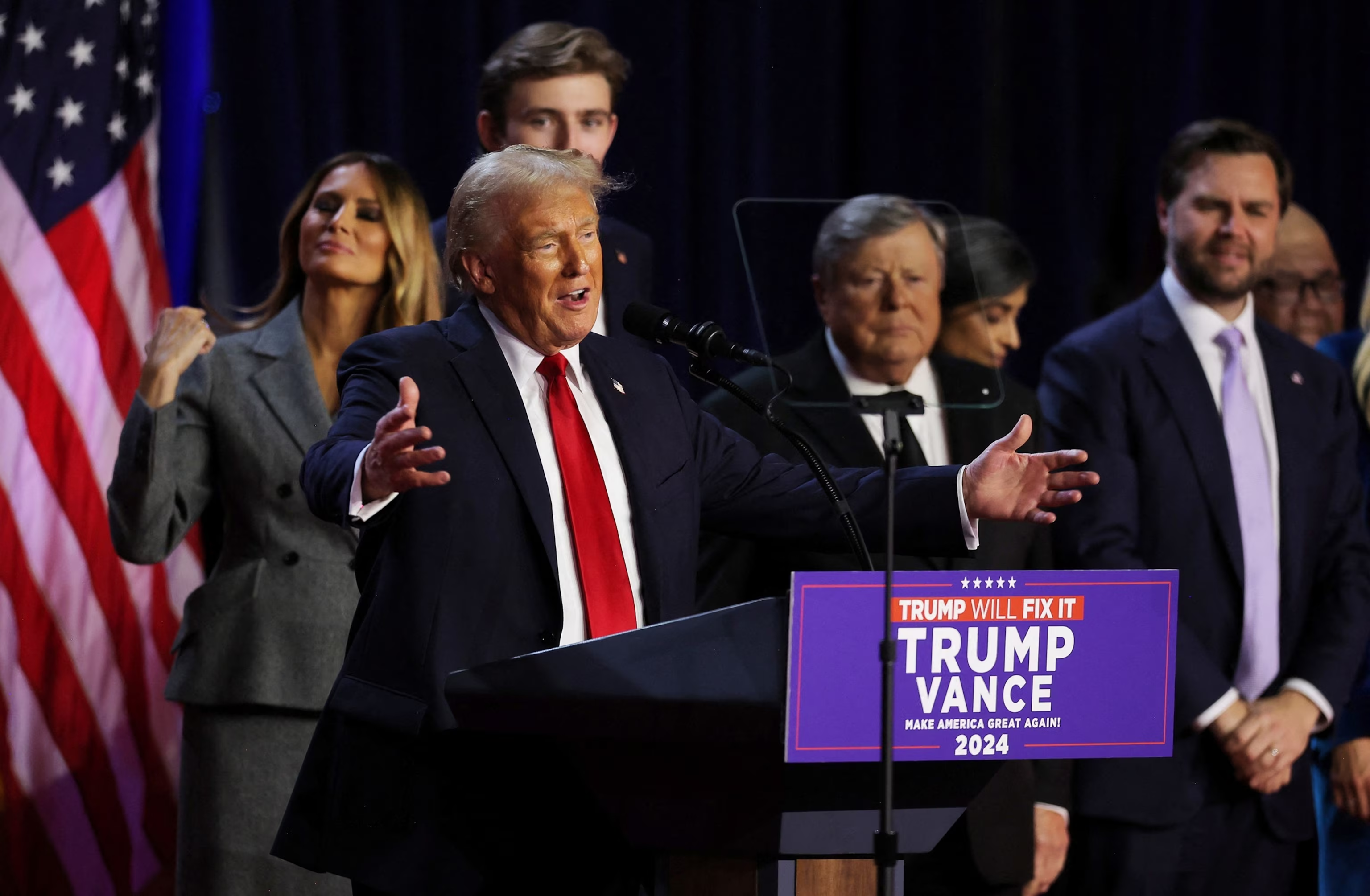 Now we are out a bit early. But that’s not surprising because of the US national elections on Tuesday night. So a few thoughts on that and then a redirection to the, “what do we do about the global order in the light of Trump’s return, including many of his former advisers, to the White House”
Now we are out a bit early. But that’s not surprising because of the US national elections on Tuesday night. So a few thoughts on that and then a redirection to the, “what do we do about the global order in the light of Trump’s return, including many of his former advisers, to the White House”